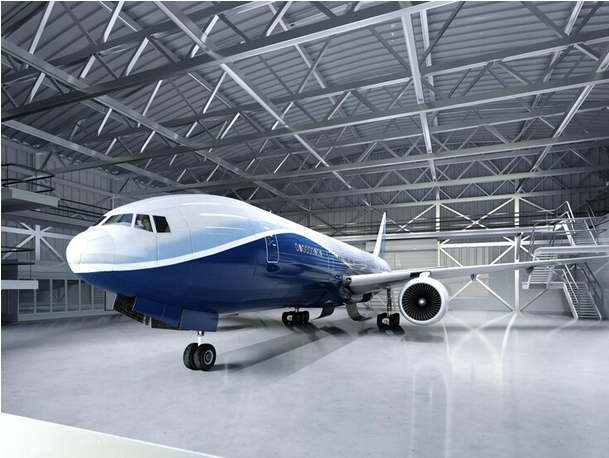Aircraft, marvels of engineering and aeronautics, represent not only a means of transportation but also a passion for many. These flying machines come in all shapes and sizes, from sleek private jets to robust cargo planes and nimble single-engine aircraft. However, regardless of their size or purpose, all aircraft have one thing in common: they need a safe and secure place to call home. This article dives into the crucial process of selecting the right airplane hanger for your aircraft, making sure they remain in top-notch condition for years to come.
Assess Your Aircraft’s Needs:
Before diving into the hangar selection process, aircraft owners should take some time to assess their aircraft’s specific requirements. These considerations will help understand the options:
Size Matters:
Determine the wingspan, length, and height of your aircraft. The hangar must accommodate these dimensions comfortably, allowing for easy entry and exit.
Climate Control:
Depending on your location and the type of aircraft you own, climate control may be essential. Extreme temperatures, humidity, and condensation can impact an aircraft’s condition over time.
Security and Access:
Security is crucial. Hangars with robust security measures like surveillance cameras, access control, and on-site personnel can provide peace of mind. Additionally, consider the convenience of access, especially if you frequently use your aircraft.
Maintenance Facilities:
For those who prefer to perform their aircraft maintenance, having a hangar with adequate workspace and storage for tools and equipment is vital.
Types of Hangars:
Now that you’ve assessed your aircraft’s needs let’s explore the different types of hangars available:
T-Hangars:
These hangars have a distinctive T-shaped layout and are suitable for small to mid-sized aircraft. They offer affordability and easy access but may lack climate control.
Box Hangars:
Box hangars are spacious and versatile, making them suitable for a wide range of aircraft. They often come with amenities like climate control and maintenance facilities but can be more expensive.
Shared Hangars:
Sharing a hangar with other aircraft owners can be a cost-effective solution. However, it may limit your access and control over the space.
Community Hangars:
Aviation communities or clubs often operate these hangars. While they can provide a sense of community and shared resources, they may offer a different level of security and control than private hangars.
Location, Location, Location:
Choosing the right location for your hangar is just as important as selecting the type. Consider these factors:
Proximity to Your Home:
Convenience matters. The closer the hangar is to your home, the easier it will be to access and retain your aircraft.
Local Weather Conditions:
Take into account the climate of the area where the hangar is located. Extreme weather conditions or frequent storms might necessitate a more secure hangar.
Airport Facilities:
If your aircraft is based at an airport, investigate the available hangar options on-site. Airport hangars often provide added security and convenience.
Regulatory Compliance:
Ensure that your chosen hangar location complies with all relevant aviation regulations and local zoning laws.
Cost Considerations:
Cost is a significant factor in hangar selection. Here are some financial considerations to keep in mind:
Monthly Rent or Lease:
Different hangar types and locations come with varying rental or lease fees. Ensure that the cost aligns with your budget.
Ownership Options:
Some aircraft owners choose to invest in their hangar, while others prefer to rent or lease. Evaluate the long-term financial importance of each option.
Additional Costs:
Remember to account for additional expenses, such as utilities, maintenance, and insurance, when budgeting for your hangar.
Conclusion:
Selecting the right airplane hanger for your aircraft is a crucial decision that should take time and effort. Assess your aircraft’s needs, explore the types of hangars available, consider the location, and factor in the costs. By carefully considering these elements, you can ensure that your aircraft is protected, secure, and accessible, providing you with peace of mind and preserving your valuable investment. Whether you choose a T-hangar, box hangar, shared hangar, or community hangar, the key is to find the perfect fit for your unique aircraft and aviation needs.

